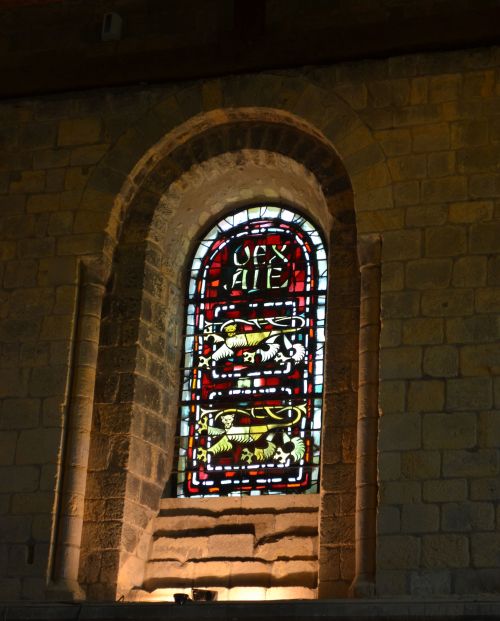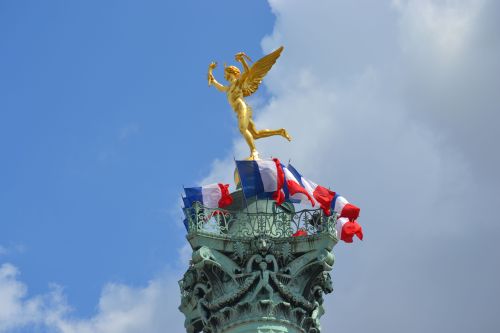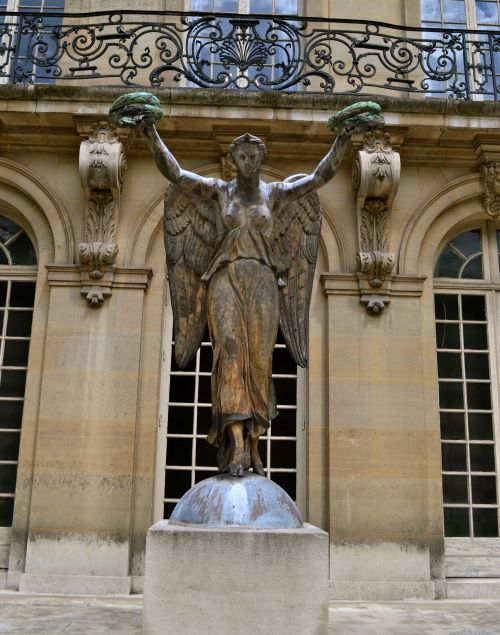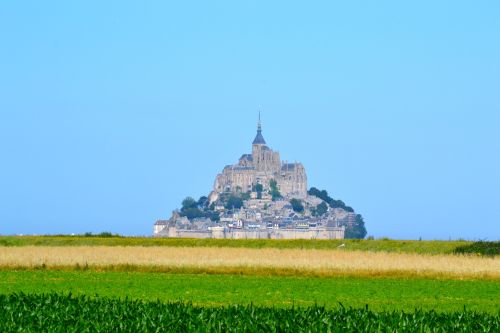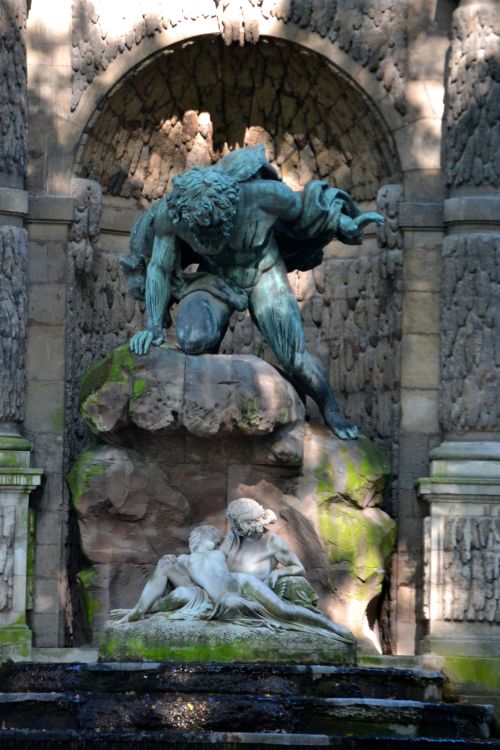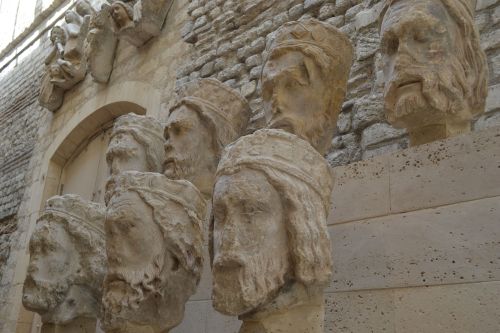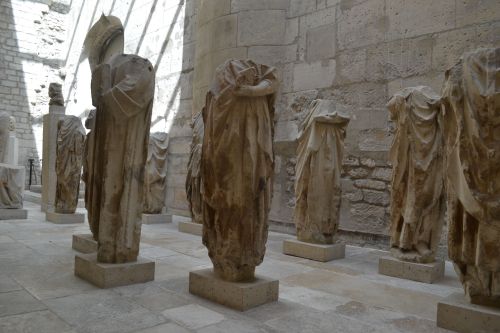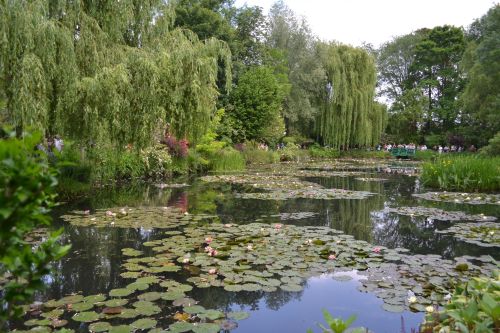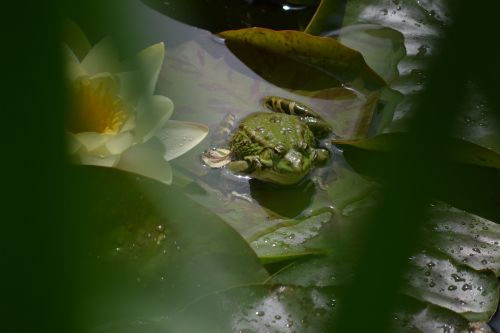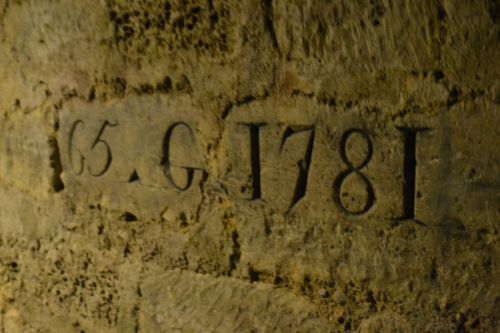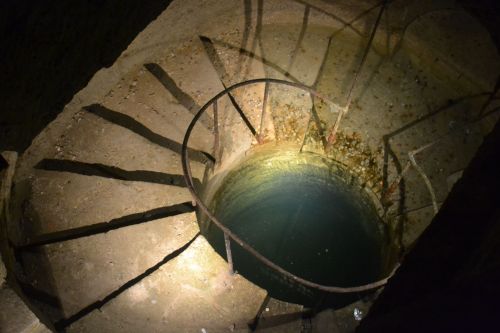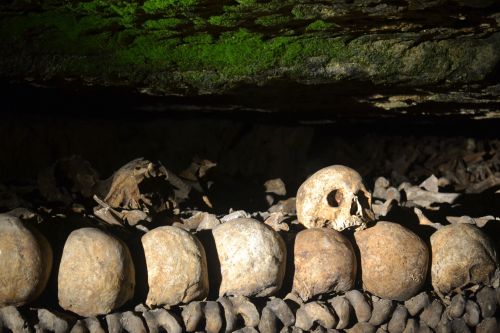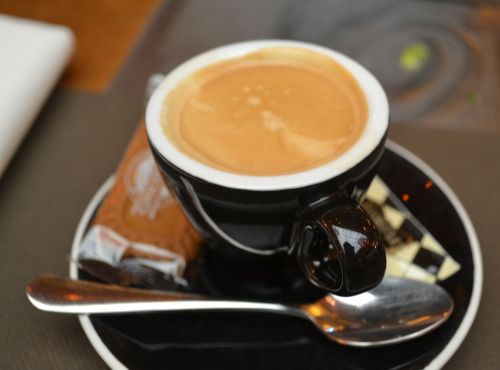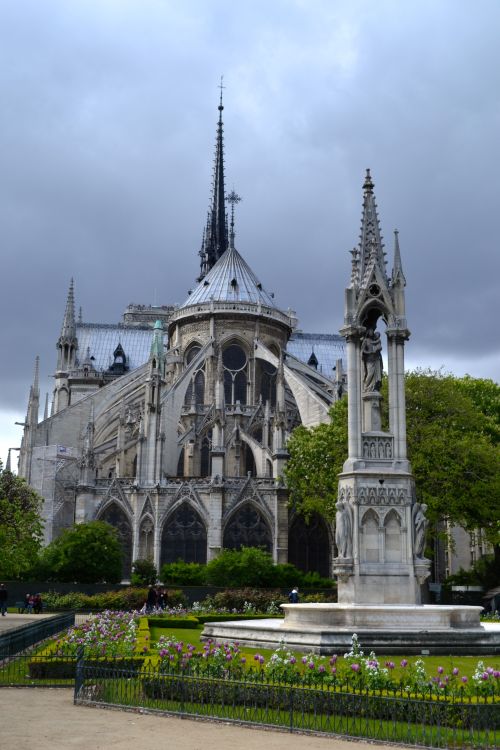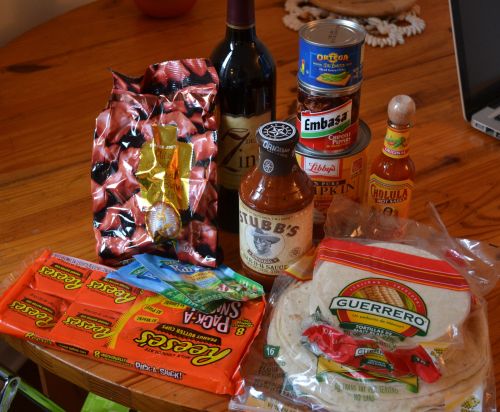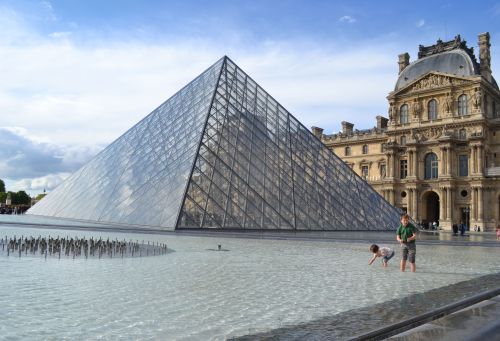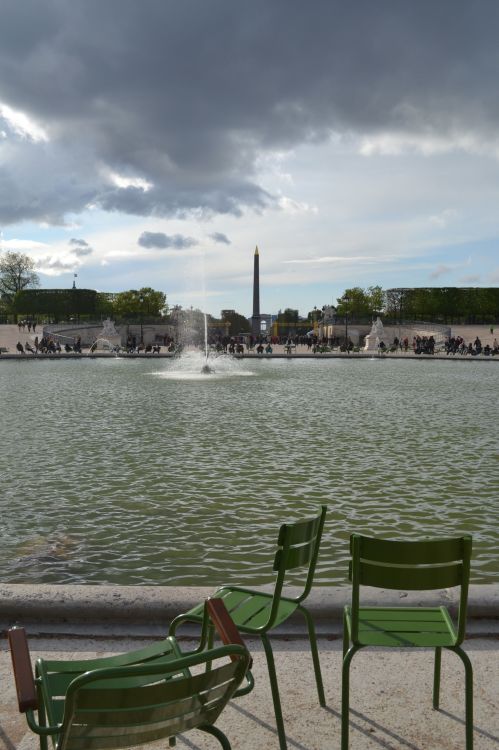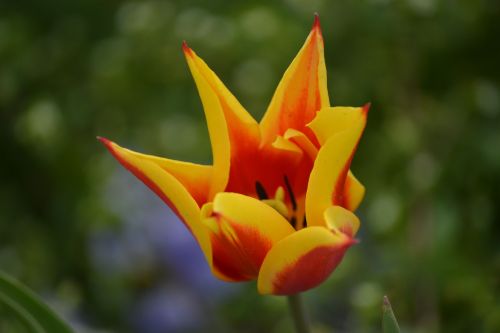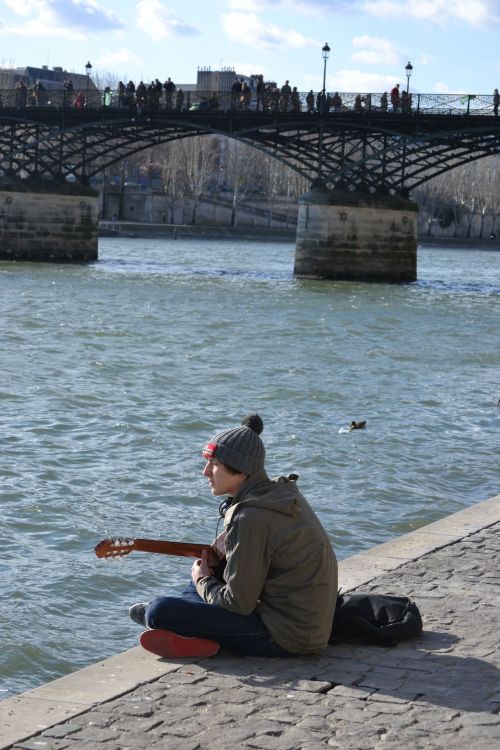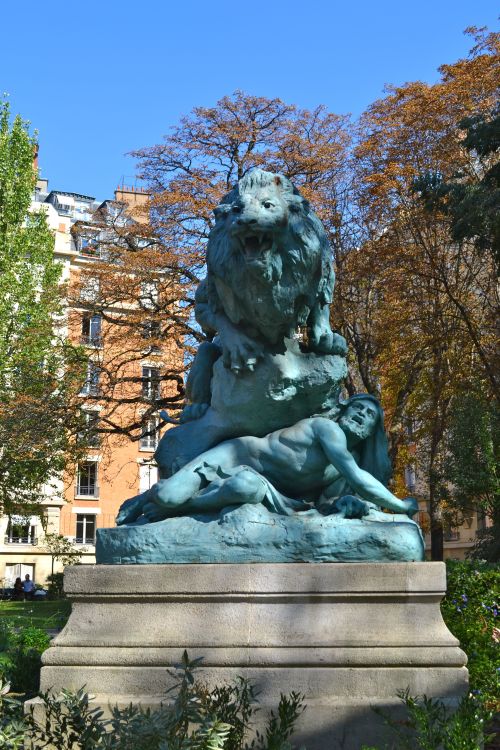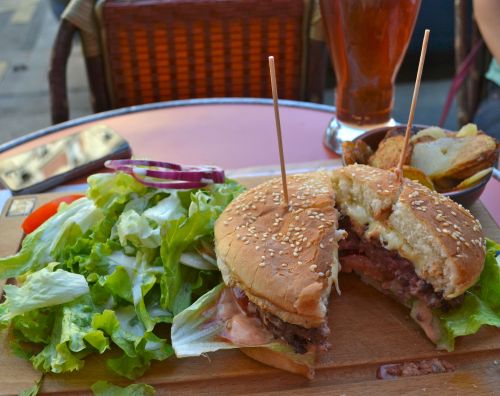After four years of nagging, I was finally able to convince family to take the long haul flight from California and come visit. It was a wonderful opportunity to show off my adopted (for a bit longer) city and a great excuse to take some well-deserved time away from the lab to indulge in a bit of touristing myself.
It was also time to relax, talk long into the night, make tentative plans for visits post-return, sleep, fix stuff around the house (yay to visiting parents), and blog. Since their departure about a month ago, my blog posting frequency has tumbled and is now inversely proportional to the time I’ve spent in the lab – that is to say, I need to go back and read this post (written not so long ago) again and again until it is indelibly etched in my mind.
Rather than stay in Paris for my entire week off (they had arrived one week prior and seen many of the bigger attractions), we kicked off our exploration with a road trip to Normandy. This region of France, found northwest of Paris, is known (among other things) for its coastline (mmm, seafood), agriculture (mmm, butter) and cider (mmm, Calvados). Historically, this region has been under constant dispute, from the settlements of the Vikings in the 9th century, through many centuries of French-English tug-of-war, to the most recent battles between the Allied forces and Germany on D-Day during WWII.
I know now that there is so much more to see in Normandy then the three days I allotted for our trip, but within these limitations we planned to arrive by train from Paris and stay in Caen, rent a car to drive around the area, specifically aiming to see Mont Saint Michel and the American memorials at the D Day beaches, and spend any extra time we had exploring the countryside and local color.
After arriving on a direct train from Paris (2 hours from Gare Saint Lazare), we first spent some time poking around Caen. Unlike other nearby towns, like Bayeux, that were been spared from destruction during WWII, Caen was almost completely destroyed during the German retreat following the Allied landings in the weeks and months following D-Day. This made for a not-so-picturesque skyline of ancient cathedrals and utilitarian housing complexes with very few of the twisty, narrow medieval passageways I have come to love exploring. However, the city was long ago home to William the Conqueror. He built his stronghold here around 1060 and it still can be explored today.
Although the actual castle is long gone, its foundations are still visible and the walls around the fortress have been restored and stand high on the only hill in town. Additionally, within the keep there are two museums and a medicinal garden that is still populated with several herbs and plants known (or thought) to have healing properties. Perusing the garden, looking for plants I recognized and learning about those I did not was definitely interesting and educational. It was also slightly frightening to realize that there were more than a few poisonous plants hidden in there.
While I could not imagine having a car in Paris (and would never recommend it), I have missed the feeling of freedom that comes from knowing you can hop behind the wheel and get out of town at any time. The few times I have driven outside of the city, I have found the French countryside to be vast and beautiful. Besides the gradually undulating green hills and endless rows of grapevines (or apple trees, depending on your destination), my favorite part about getting on the road is spotting the ‘what’s special about the next town’ signs.
A few kilometers before the exit to each small village, you can find large, sepia-toned signs that illustrate what that town has to offer the adventurous visitor. I find it to be a fun way to get an idea of what the local region thinks should not be missed (giant oysters apparently) and not nearly as tacky as the standard American billboard. Here are a few of my favorites or, you know, ones I was able to catch in semi-focus from a moving vehicle:
(Vire, home to a castle and many delicious sausages)
(Villedieu-les-Poêles, a one-stop shop for all your pottery and bell needs)
(Bayeux – timbered homes and an amazing medieval tapestry)
In a completely spontaneous move, we decided to drive a bit north and explore the harbor town of Honfleur. My step-father is a big boat lover, so fitting in a visit to a local harbor town seemed like the only fair thing to do after all the medieval castles and churches into which I dragged him.
This tiny coastal town turned out to be one of the highlights of our trip.
The outer Honfleur harbor was home to fishing vessels, sailboats and super yachts in seemingly equal number and, after finding parking, we hurried towards them, following our noses to the ocean and only pausing to let the ocean breeze temporarily cool the effects of the blazing sun. We eventually turned back towards the center of town in search of dinner and came into the inner harbor area. Cut off from the open water by a narrow passage (and a low lying bridge that is raised for passing boats), this marina, jam-packed with sailboats, is surrounded tall, thin multi-colored buildings whose sidewalks are covered by terrace restaurants serving up overflowing buckets of moules and looked like it could have been taken directly from a fairy tale. It would not have surprised me to see a newly be-legged mermaid or beautiful bookworm swing, singing, out of any one of the vibrantly colored buildings surrounding the water.
After an early evening spent exploring the winding, narrow streets and deeply inhaling the ocean air, we sat down to dinner at one of the many restaurants ringing the small harbor area. My step-father chose salmon with a curry sauce, while I had the more traditional moules frites. We ate quietly, and I allowed myself to finally, genuinely relax – this was what vacation should be – a glass of cider next to the water, the last rays of sunshine peeking over the tops of colorful buildings, stimulating conversation, delicious food and great company.
A little stow-away crab in my mussels apparently agreed (do any of you out there know of this? They were in about 50% of the shellfish and I have never seen them before…)





